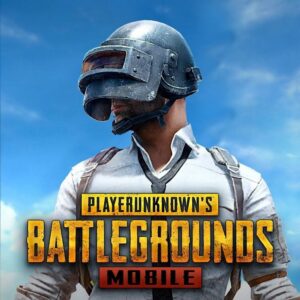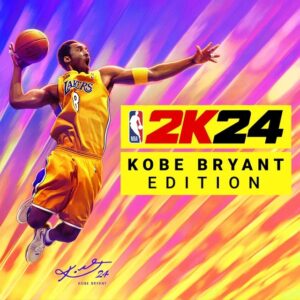Ramping Up the Revolution: Why Fortnite’s Daft Punk Collab is a Win for Both Sides
Popular Now
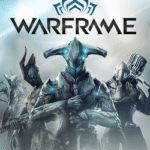 Warframe
Warframe
 PUBG Mobile
PUBG Mobile
 Fortnite
Fortnite
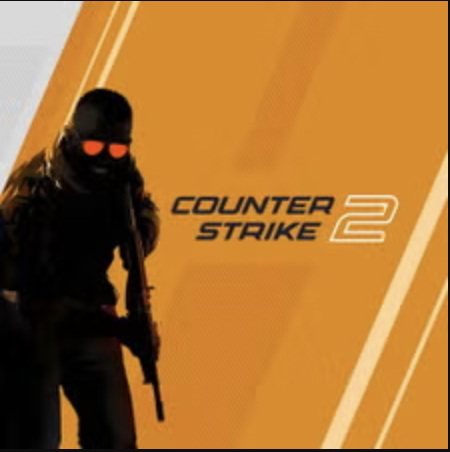 Counter-Strike 2
Counter-Strike 2
 Brawl Stars
Brawl Stars
 Roblox
Roblox
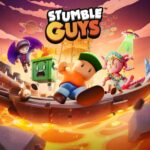 Stumble Guys
Stumble Guys
 Rust
Rust
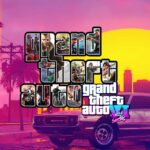 Grand Theft Auto VI
Grand Theft Auto VI
 Free Fire Max
Free Fire Max
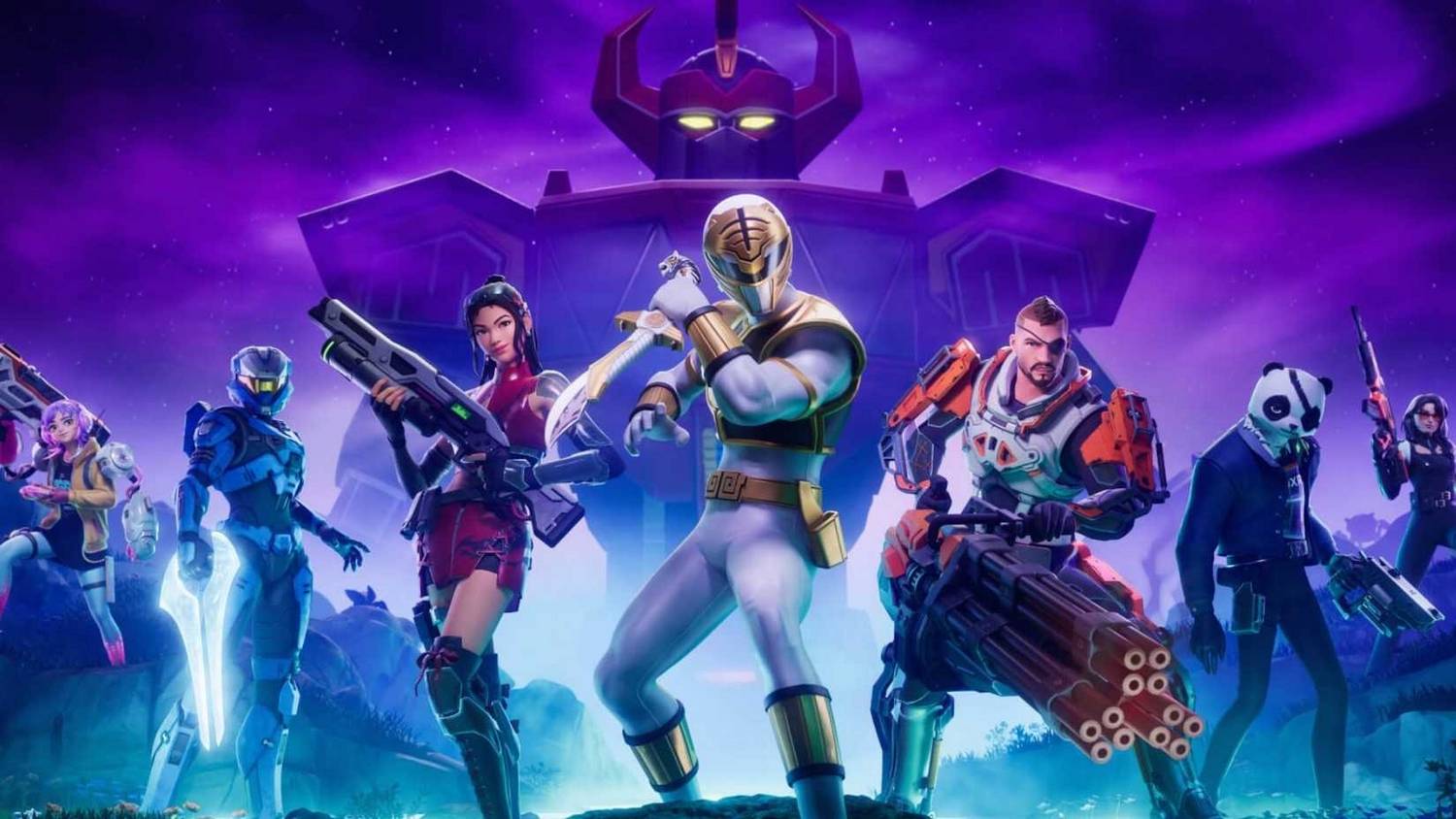 In the ever-expanding, crossover-filled universe of Fortnite, a new collaboration is always on the horizon. From Marvel superheroes to iconic musicians, Epic Games has mastered the art of integrating pop culture into its game. The latest and arguably most anticipated partnership is with the legendary electronic duo, Daft Punk. While the community’s excitement is palpable, it is essential to contextualize this event within Epic’s broader business strategy. The Daft Punk crossover is a fantastic addition, but it’s not a monumental, game-altering event. It is, however, a masterclass in modern marketing and a testament to Fortnite‘s unique position at the intersection of gaming, music, and pop culture.
In the ever-expanding, crossover-filled universe of Fortnite, a new collaboration is always on the horizon. From Marvel superheroes to iconic musicians, Epic Games has mastered the art of integrating pop culture into its game. The latest and arguably most anticipated partnership is with the legendary electronic duo, Daft Punk. While the community’s excitement is palpable, it is essential to contextualize this event within Epic’s broader business strategy. The Daft Punk crossover is a fantastic addition, but it’s not a monumental, game-altering event. It is, however, a masterclass in modern marketing and a testament to Fortnite‘s unique position at the intersection of gaming, music, and pop culture.
The core of the collaboration, dubbed “The Daft Punk Experience,” is an interactive musical playground within Fortnite‘s Creative mode. Unlike the massive live concerts for artists like Travis Scott or Ariana Grande, this is a more contained and focused tribute. It allows players to remix tracks, battle hordes of robots, and explore a world built around the duo’s iconic aesthetic. This is a smart move by Epic Games. Instead of a single, fleeting event, they have created a persistent, interactive space that celebrates Daft Punk’s legacy in a way that is unique to the Fortnite platform. It’s a clear signal that Epic is diversifying its music collaborations, moving beyond live concerts to create more immersive and long-lasting experiences. The inclusion of new cosmetic items, including the iconic helmets, emotes, and Jam Tracks, further monetizes the event and provides a strong incentive for fans to engage.
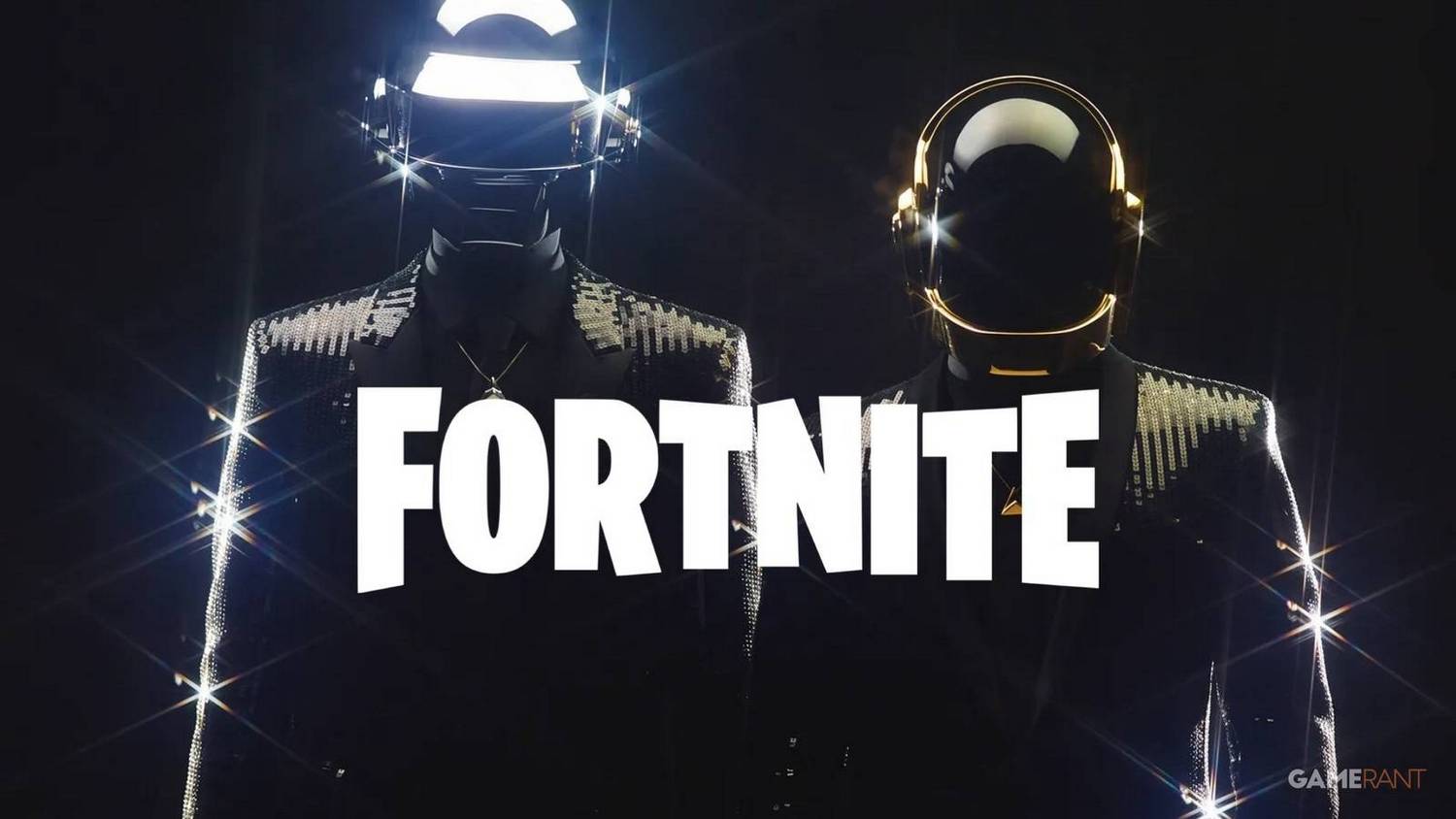 A Nod to a Legacy, Not a Reunion
A Nod to a Legacy, Not a Reunion
For die-hard Daft Punk fans, it is crucial to manage expectations. Epic Games has explicitly stated that this collaboration is not a sign of a reunion or a hint at new music. This is a celebration of what was, not a prelude to what will be. The event is a curated experience featuring their extensive catalog, including hits like “Get Lucky” and “Around the World.” The creative aspect of the event, which allows players to create their own remixes, is a clever way to involve the community and honor the duo’s pioneering spirit. It acknowledges their influence without promising something that is simply not on the table. The fact that the collaboration is not a live concert but an interactive playground is a very subtle, yet powerful, statement. It reflects Daft Punk’s meticulous, studio-focused artistry, a contrast to the larger-than-life spectacle of a live performance. It’s a fitting tribute to their legacy of innovation and anonymity.
The business model behind these collaborations is a fascinating study in itself. Fortnite is a free-to-play game, with revenue generated almost entirely from cosmetic microtransactions. These high-profile crossovers, with their associated bundles and in-game events, are the primary engine of that revenue. The Daft Punk collaboration, with its premium skins and music-reactive builds, is another expertly executed entry in this long line of lucrative partnerships. It’s a low-risk, high-reward strategy for both parties. Epic gets to tap into a massive, global fanbase and generate significant revenue, while Daft Punk’s legacy is introduced to a new generation of gamers and music fans. It’s a win-win, but it’s also a business transaction at its core. The community’s tendency to elevate these collaborations to near-mythical status can sometimes overshadow the commercial realities behind them.
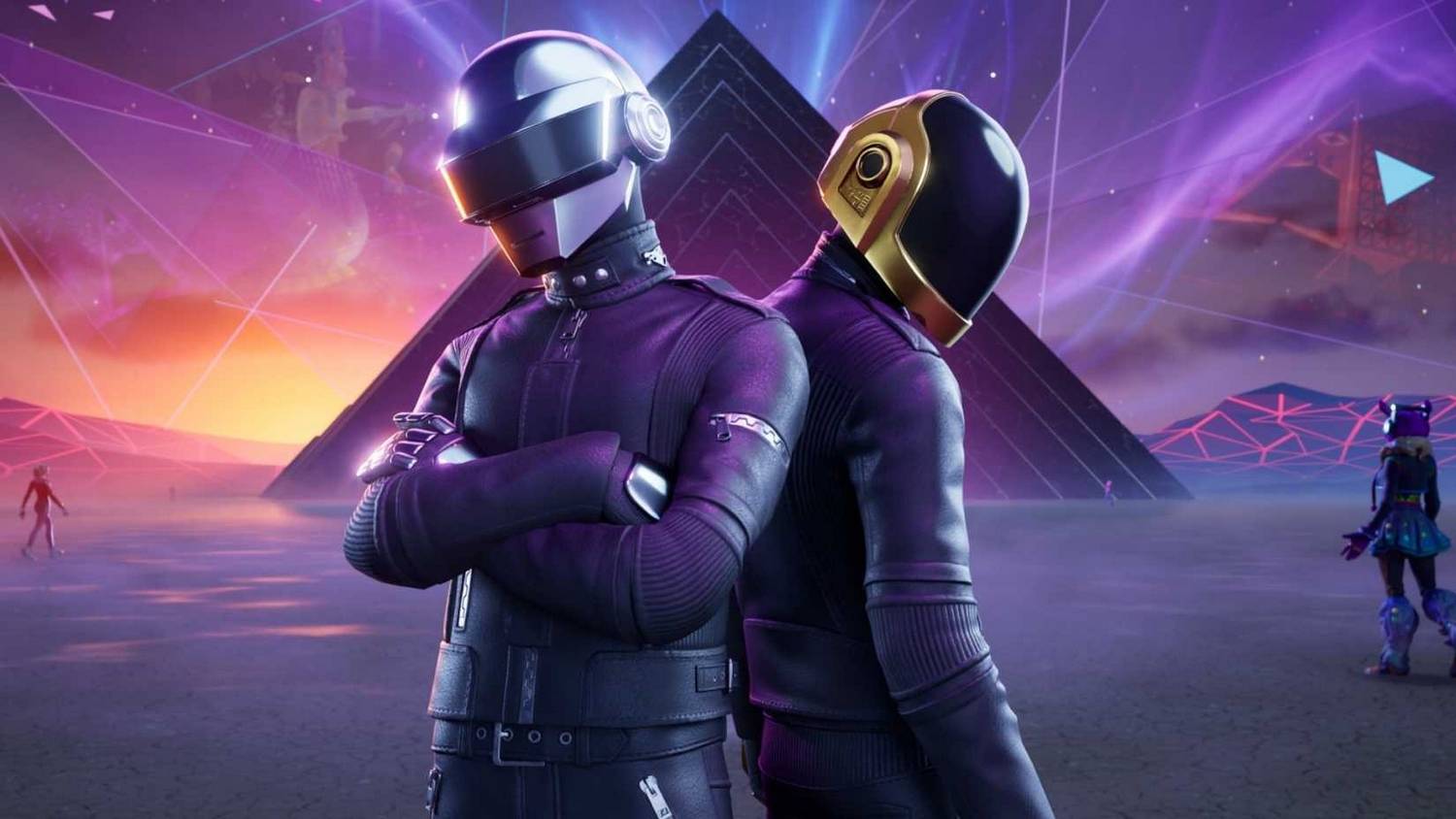 A Blueprint for the Future of Music in Gaming
A Blueprint for the Future of Music in Gaming
Ultimately, the Daft Punk collaboration is a great thing for Fortnite and its community. It’s a well-crafted, respectful tribute to one of the most influential musical acts of the 21st century. It provides a unique and engaging experience that goes beyond a simple concert, offering a new blueprint for how music can be integrated into games. The inclusion of Jam Tracks and LEGO-reactive builds is a sign of Epic’s commitment to building a more diverse and interactive ecosystem. However, it is not the single, cataclysmic event that some in the community might portray it as. It’s an excellent, well-executed part of a larger, ongoing strategy. It’s a sign that Epic Games will continue to push the boundaries of what a video game can be, but it’s important for the community to recognize that these collaborations, while artistically significant, are also a fundamental part of Fortnite‘s highly successful business model.
The Daft Punk crossover is a triumph of interactive art and commercial collaboration. It is a moment to celebrate the intersection of gaming and music, but it’s not a moment that will fundamentally change the landscape of either industry. It’s another brick in the ever-growing, ever-evolving wall of the Fortnite metaverse, and it’s a very shiny, very cool brick at that. The excitement is justified, but let’s appreciate it for what it is: a very good, very well-timed collaboration that enriches the Fortnite experience without rewriting the script.






